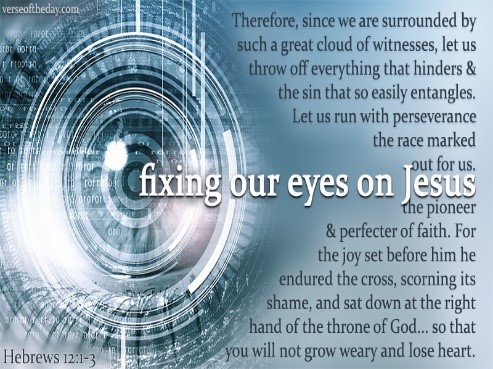
Countdown to the end . . . #15
Vol. 4, No. 29 – July 21, 2019
To the angel of the Church in Ephesus write: The One who holds the seven stars in His right hand, the One who walks among the seven golden lampstands says this. . . . He who has an ear, let him hear what the Spirit says to the churches. –Revelation 2:1, 7
If you read last week’s blog, you are probably thinking about your church. Perhaps beginning to compare it with the Scriptures. That is good, for Scripture is the true guide of what Christ expects of His church.
The Church at Ephesus is the Church of Orthodoxy; yet it is also the Church of Abandoned Love.
From every point of view (travel, politics, and religion), Ephesus (the Pride of Asia) was of the greatest cities of the world. It was famous for its seaport, its temple of Artemis (or also known as the Temple of Diana, the Greek female deity). Worship in the temple represents a syncretism of the mother-goddess religion of the Middle East. Kings donated 120 pillars for the building of the temple, adorned with precious stones. With false goddess worship, the city spiraled down into syncretism, superstition, magic, and the occult.
Diana, the goddess of fertility, received worship; a large statue of her stood behind the pillars of the temple. Like many false churches/temples, the temple of Artemis focused on wealth, riches, and calling upon the people to give until they were bled dry. The temple represented a wonder in architecture. Shrines created in Ephesus intended that worship to the false goddess prevail.
The religion was one of syncretism, superstition, magic, and the occult. The temple was not unusual in its practice; Roman Emperors also sought their worship amongst the gods and goddesses.
Too many churches today practice a religion, including a host of relics and statues; a drive of people to support the whims and practices of the religions, instead of helping its people to develop a relationship with the One True God.
The Church at Ephesus, founded by Paul (Acts 19:10; 20:31) was solid in her beginning. Paul ascertained the Holy Spirit’s presence, explained Jesus in depth, brought believers to baptism (by immersion) to show publically their allegiance. Paul followed the church closely for a considerable time. Luke wrote of the city, Timothy ministered in the city, and Mary, the Lord’s mother was buried in the city. John pastored in the city for a number of years.
Ephesus was a strong church, starting six other churches in the region. Yet it lost its first love. Their love and remembrance faded. That love was replaced with a self-centered love.
The church at Ephesus set aside their leader, the Lord Jesus Christ. Paul speaks about the church as the body with Christ as the Head (Romans 8:1; 1 Corinthians 12:2; 2 Corinthians 5:17; Colossians 1:18). The Head, Christ, is depicted as holding His church in His hand, walking in the midst of the church, and being a reminder to the church of His position and power.
The Church at Ephesus paints a picture: A church that Christ expects to follow Him pictures godly (1) works, labor, and patience; (2) faith, a labor of love, a place of hope (if these three do not abide in the church, it wifeill die, regardless of zeal), and (3) strength of truth (rejecting false teaching and leaders. The Church of Ephesus pictures the downward trend a church experiences when it becomes self-focused; designing a church that draws people away from sharing the Gospel; instead, entertaining themselves by becoming like the culture of the lost.
Too many read of the Seven Churches of the Revelation, thinking and speaking of how awful the end times will be; yet the depictions are an embarrassment to many churches today, for the descriptions are deadly accurate of how many have toyed with what Christ has brought us to take into our world.
He, who has an ear, let him hear what the Spirit says to the churches! (Revelation 2:7)
Behold, Jesus is coming soon to take you home to Heaven; His words are faithful and true (Revelation 22:6).
Life Application
God’s Word lays out what Christ expects of His church. When churches do not follow the “manual” (the Bible), what we get is simply man’s institution. Christ is head of the church; none other needs to apply for the “job.” Look around to churches that portray themselves as the “true” church and pick up your Bible – peruse the texts and ask yourself the questions that the text brings to your heart.


